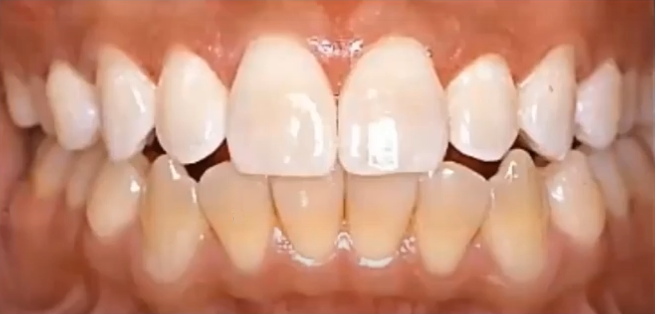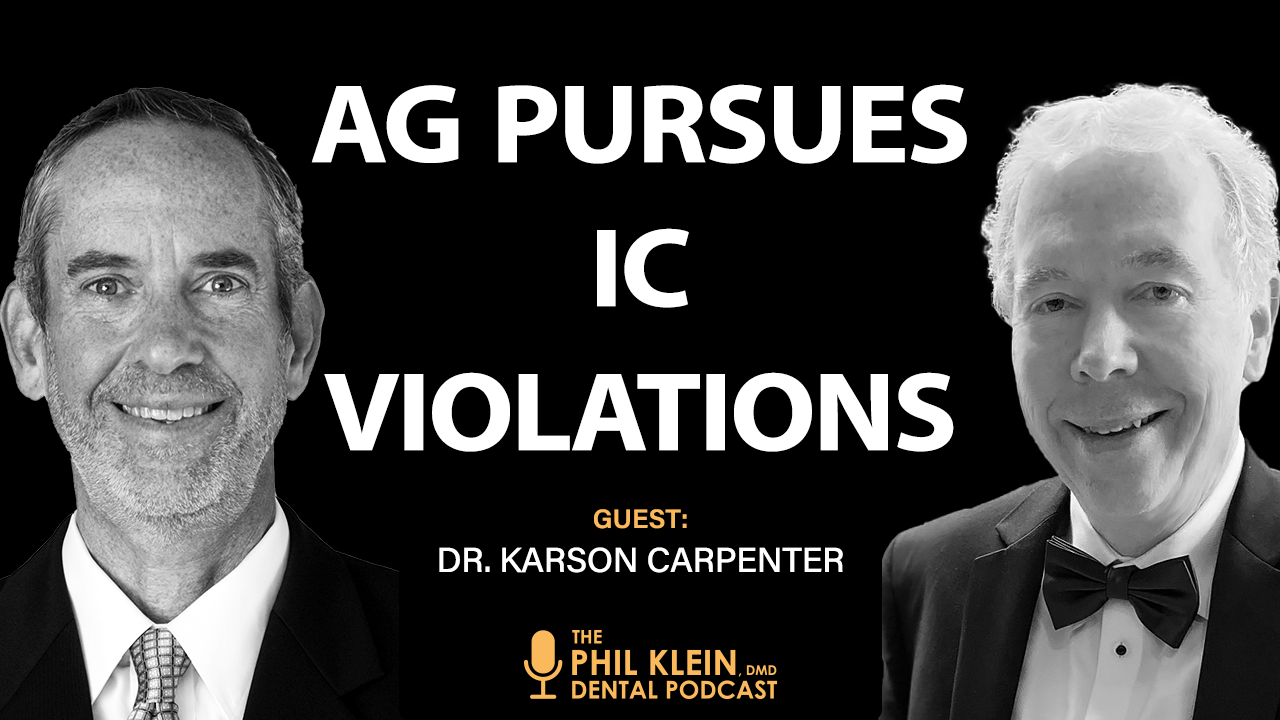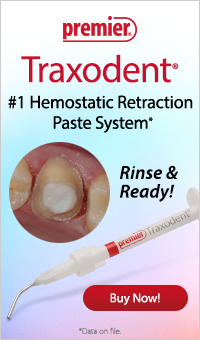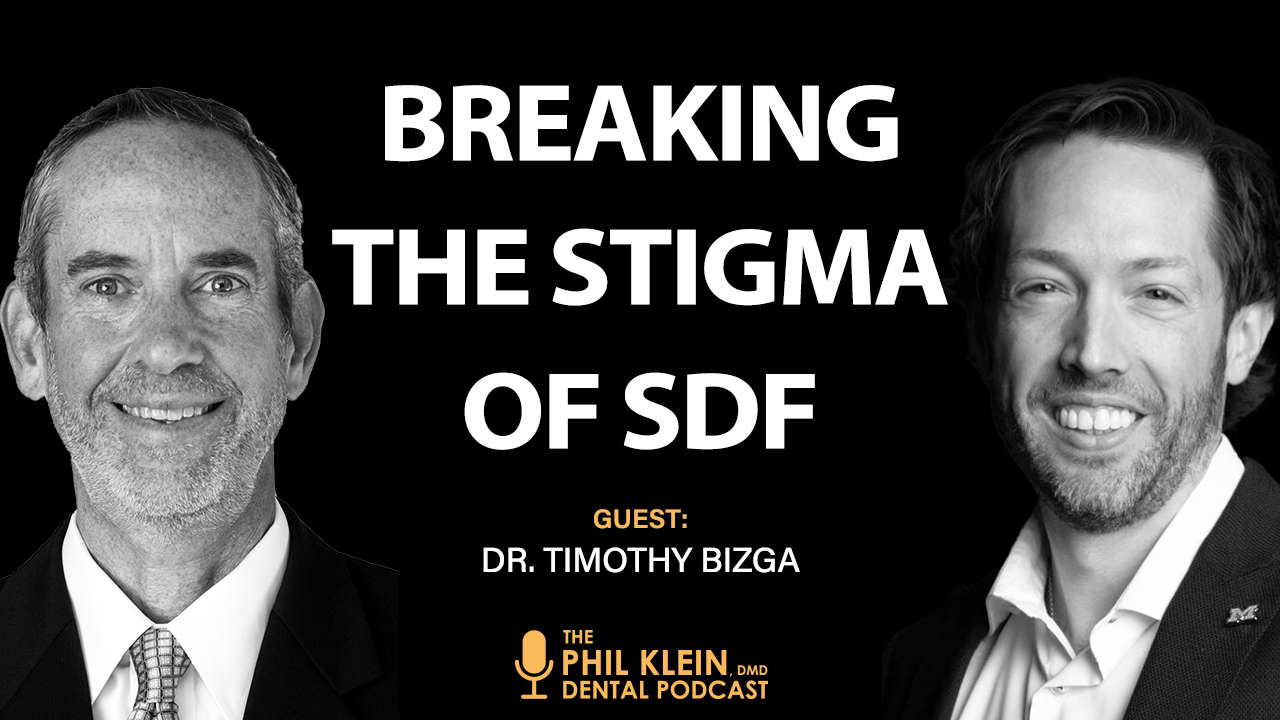
Tooth Whitening: In-Office, At-Home or Both?

“Stained or discolored teeth are ugly teeth,” thinks just about every patient who ever sat in your chair. So it’s no surprise that studies show that lots of people want white teeth…
· 37 million Americans—about 11% of the
population—used tooth whiteners in 20201.
· The professional teeth whitening market by revenue is expected to grow at a Compound Annual Growth Rate (CAGR) of 5.41% during the period 2022-20272.
For dentists, tooth whitening has become a fairly easy and routine procedure that’s both rewarding and profitable. That said, new tooth whitening systems continue to be introduced into the marketplace. Which raises some important questions: Do over-the-counter whitening products work? Should you be doing chairside whitening? Should you be shifting your patients to using take-home bleaching systems? Or will you get better results by using both?
Here’s what you need to know.
Both in-office and at-home tooth whitening can work
Although products can vary widely, we’ve all seen that both in-office and at-home tooth whitening approaches can help patients achieve the white teeth they desire.
A big issue, according to Dr. Gerard Kugel, a practicing dentist and associate dean for research who has published over 120 articles and over 300 abstracts in the field of restorative materials and techniques, is the lack of data on the at-home products.
“I always tell my patients to be careful with the take-home
products,” Dr. Kugel shares, “because a lot of them don’t have a lot of
evidence. There’s no safety data.” His approach is to try to get patients to go
with the in-office option. That way, he explains to his patients, his staff is
there to help them and address any side effects or problems, however rare, that
may arise.
In-office tooth whitening gets results faster
Many patients just don’t want to sit at home with a tray, potentially multiple times over the course of a week or two. They want results now! If they can afford it, they’re happy to pay the extra cost of in-office treatment in order to avoid the time and hassle of over-the-counter kits.
Of all the products on the market, Dr. Kugel chooses to use
Philips Zoom whitening to give patients the quick results they’re looking for.
As an added bonus, Dr. Kugel points out that tooth whitening with the Zoom
system is very easy for the doctor. “My staff does most of the work,” he
states, “I just come in, check on them and tell the patient what’s going on.”
In-office plus at-home treatment is the winning combination
Referring to the in-office treatment, Dr. Kugel says, “We
tell patients we can do the in-office and that’s what we chose in our practice.
I call it a jump start. I always tell them they will still need to do some
touch up. We usually make them a tray and tell them that they’re going to have
to touch up at some point. The data is pretty clear cut. You will get white,
but you will rebound, and everybody’s different regarding how much rebound
they’ll have.”
Important things to keep in mind regarding tooth whitening
Dr. Kugel advises…
1. Many patients will have some sensitivity to
the whitening process. This is the case, Dr. Kugel points out, “whether
it’s take home or chairside. Their teeth dry out a little bit.” Because Zoom
whitening is now done with LED lights instead of metal halide lights, you
can adjust the intensity of the process to mitigate this issue. However, you
may still see sensitivity with the soft tissue, especially if your assistant
does not do an ideal job isolating it.
2. Never leave the patient alone for too long. Be
sure that someone is periodically checking on the patient during the process,
in case they are in pain.
3. Warn patients that if they’re going to whiten
on their own, they must tell you. If, for example, you’re going to do a
filling or other restoration, that whitening will impact your color matching.
4. Have patients stop whitening two weeks before
they come in for crowns. Not only will it impact the crown’s shade, you
also want to avoid bonding to teeth that have just been whitened because the
oxygen free radicals will interfere with polymerization.
Rest assured that tooth whitening is safe
“There are no documented long-term negative side effects
with whitening,” Dr. Kugel asserts, including for the integrity of the enamel
itself. “We’ve tested that repeatedly. Matter of fact, you never see articles
on it anymore because of the micro hardness studies we did on enamel. We never
had an issue.”
1 Statista Research Department, U.S. population: Usage
of tooth whiteners from 2011 to 2024, published June 23, 2022
2 Research
and Markets, Professional
Teeth Whitening Market – Global Outlook & Forecast 2022-2027,
published January 2022























